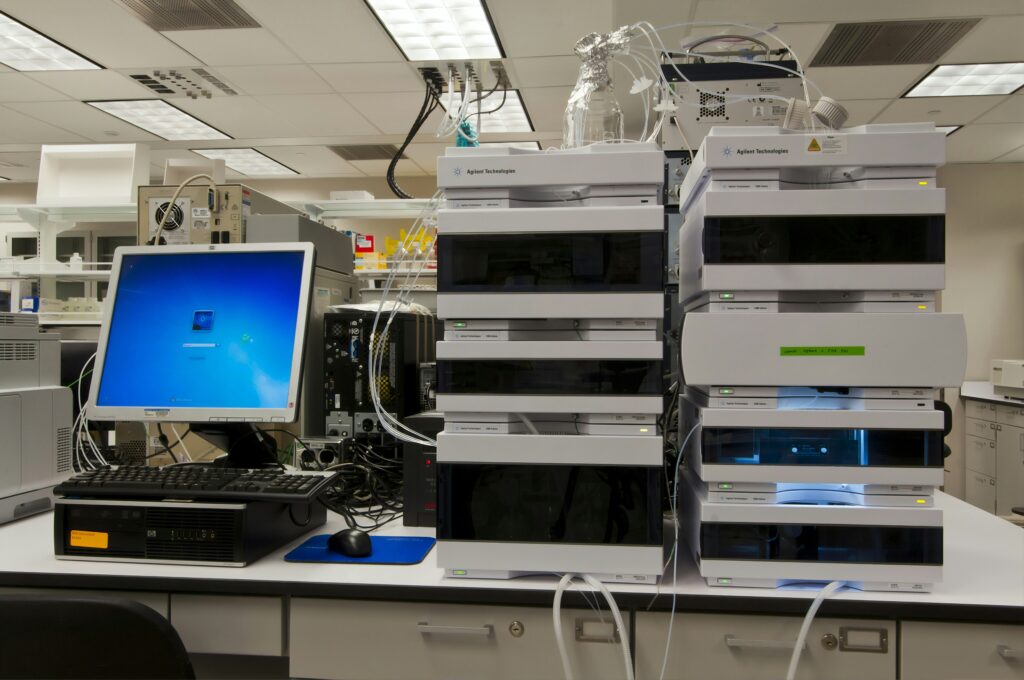
A groundbreaking study published in the Journal of Orthopaedic Research unveils a new noninvasive, nonradioactive imaging technique to evaluate the Achilles tendon in professional ballet dancers. This novel method holds promise for advancing injury prevention and rehabilitation strategies not just for athletes but also for the general population.
The research utilized a cutting-edge approach known as multi-echo ultrashort echo time (UTE) magnetic resonance imaging (MRI) to analyze the structure of the Achilles tendon. This was paired with functional assessments using shear wave elastography (SWE) ultrasound, a technique that measures tendon stiffness. The study found that professional dancers exhibited more tendon stiffness compared to non-dancers, a finding consistent with the effects of repeated physical training.
Revolutionizing Tendon Health Assessment
The integration of UTE MRI and SWE ultrasound provides a comprehensive view of the tendon’s structure and function. According to the study authors, these imaging techniques could significantly enhance the understanding of tendon health and its adaptations to mechanical stress.
“These findings highlight the potential of integrating UTE and SWE imaging to investigate tendon structure‐function relationships and adaptations to mechanical loading,” the authors write. “Enhanced structure‐function assessment of tendon health and injury status could improve rehabilitation protocols or injury prevention strategies for athletes, including professional dancers.”
The implications of this research are far-reaching, offering a new lens through which to view tendon health. By providing detailed insights into the relationship between tendon structure and function, this method could pave the way for more personalized and effective rehabilitation programs.
Implications for Athletes and Beyond
The study’s findings are particularly relevant for professional dancers, who often face a high risk of tendon injuries due to the physical demands of their profession. The ability to accurately assess tendon health could lead to earlier interventions, reducing the risk of severe injuries that could sideline dancers for extended periods.
Moreover, the potential applications of this technique extend beyond the realm of dance. Athletes in various sports, as well as individuals in the general population who are prone to tendon injuries, could benefit from this advanced imaging approach. By identifying structural changes and stiffness in tendons, healthcare providers can tailor prevention and rehabilitation strategies to individual needs.
Looking Forward: The Future of Tendon Health
The development of this imaging technique marks a significant step forward in sports medicine and rehabilitation. As researchers continue to explore the capabilities of UTE MRI and SWE ultrasound, the hope is to refine these methods for broader use. This could lead to standardized protocols that enhance injury prevention and recovery across various disciplines.
While the study focused on professional dancers, the broader implications for sports medicine cannot be overstated. As the understanding of tendon health deepens, so too does the potential for innovative treatments and preventive measures that could transform how athletes and the general public approach tendon health.
For more detailed information, the full study can be accessed at Journal of Orthopaedic Research.






